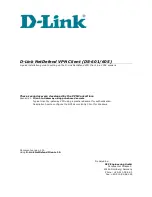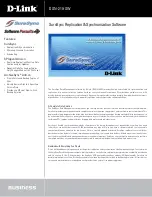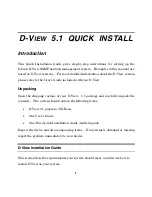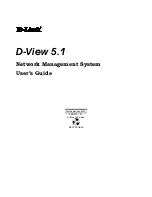
Printer Commands
Chapter 2
26
LDSII Programming Guide - 880015-0123
The
“^D341)” command is useful in determining the exact filename and the valid wild card
structure is listed below.
*x
- deletes filenames that end with character string x.
x*
- deletes filenames that begin with character string x.
x*y
- deletes filenames that begin with character string x and end with string y.
*x*
- deletes filenames where character string x is found anywhere in the filename.
2.3.15 ^D343)filename
(List Script)
This command lists the contents of the specified script that has been saved in the printer’s
flash memory to the active port.
2.3.16 ^D345)filename
(Load Volatile File)
The
“^D345)” command causes the printer to take the ensuing data transfer as a binary file
upload from the host without saving to the printer’s flash memory. The file is volatile in
nature and will lost when power is cycled. The printer will currently accept the following file
types: 1-bit (monochrome) BMP graphics, MCF (Microcom Corporation Converted Font),
and user created script files. The file transfer can be sent in uncompressed or PKZIP
compatible compressed formats. A ^E (0x05) character may be sent to the printer during
the download without any negative effects towards the file size. The
“^D345)” command
has two parts, which are the file name and file size.
The filename may contain to a maximum of 20 characters in length and include any
character from ASCII 0x20 and 0x41 to 0x7A (alphabetical characters plus [\
]_’and SP
(space character)) with the exception of the caret (^) character. Script filenames can not
use a leading zero (“0”) or 0x30 characters.
When saving MCF files, the chosen name should include the “_” (underscore character)
followed by the point size; see the examples below.
Command Syntax: ^D345)filename, file size
Example 1:
“^D340)swiss721_10,3092”
Example 2:
“^D340) graphic, 2862”
Example 2 would save a BMP file titled “graphic” into the printer’s volatile RAM memory.
The printer will automatically detect the file type of the ensuing data and save it as such.
2.3.17 ^D346)1
(Defragment Flash Files)
The
“^D346)” command is used to Defragment or free up used flash memory file area.
Issuing this command causes the printer to delete the user area of flash memory and rewrite
the contents copied to RAM back into the flash memory. During the Defragment process,
the printer’s power should not be interrupted as the printer’s file area is stored in volatile
RAM until defragmenting is completed. If power is lost while using the
“^D346)” command
the printer’s flash memory contents will become corrupted and the printer will not function.
The “>FLASH DEFRAGMENTING<” message is reported in response to an enquiry
Summary of Contents for LDS II
Page 2: ...This Page Intentionally Left Blank...
Page 3: ...This Page Intentionally Left Blank...
Page 14: ...x LDSII Programming Guide 880015 0123...
Page 18: ...2 LDSII Programming Guide 880015 0123...
Page 72: ...56 LDSII Programming Guide 880015 0123...
Page 92: ...76 LDSII Programming Guide 880015 0123...
Page 108: ...92 LDSII Programming Guide 880015 0123...
Page 112: ...96 LDSII Programming Guide 880015 0123...
Page 116: ...100 LDSII Programming Guide 880015 0123...
Page 119: ...LDSII Programming Guide 880015 0123 103 User Notes...
Page 120: ......
Page 121: ......
















































